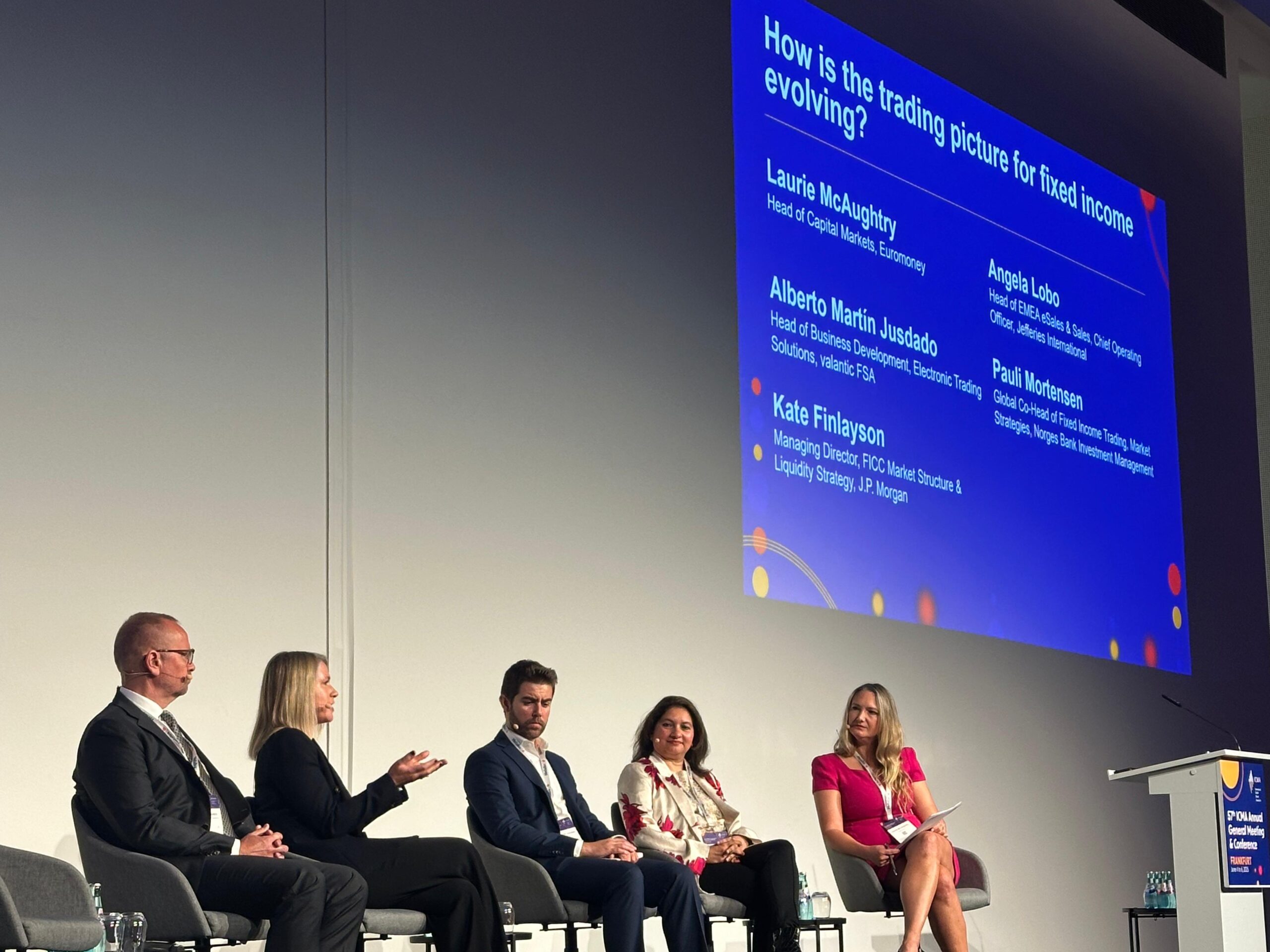Nominal prices for credit default swaps (CDS) on US sovereign debt pushed up as talks in Washington DC to raise the national debt ceiling dragged on in late May. As is often the case with sharp default swap price movements it was not clear how much actual trading – if any – was going through.
The rise in US sovereign CDS quotes was accompanied by confusion over how swaps might be exercised if the backer of the world’s most liquid debt instruments intentionally defaults on its obligations.
There are theoretical opportunities to profit from an intentional default that most observers assume would be short lived, once market moves bring US politicians to their senses and payments on Treasury obligations resume.
When a credit event occurs, holders of default swap protection are allowed to deliver the cheapest debt obligation in return for payment at par. Analysts at JPMorgan pointed out that the 1.25% coupon Treasury due in 2050 was trading as low as 55 in late May – because of the impact of rate rises since it was auctioned in 2020, rather than concern about a default.
That offers a spectacular potential gain of 45 points if a default swap was successfully exercised.
Easy refusal
But there was less than $6 billion of net notional US sovereign default swap exposure recorded at the DTCC (Depositary Trust & Clearing Corporation) at the time, indicating that most traders were finding this an offer that could easily be refused.
Apart from the obvious likelihood that the US will muddle through its latest self-inflicted brush with default, there are also technical challenges to writing and potentially exercising US default swaps. One factor is the counterparty risk taken in buying protection from a bank that might not be able to pay if a US default were followed by financial Armageddon, for example.
Quirks such as this are among the challenges in restoring liquidity to credit derivatives markets that contracted a lot after the global financial crisis of 2008.
Dealers are often caught between caution about supplying liquidity, especially for single-name default swaps, and encouraging clients to take advantage of potential trading opportunities.
Dealers are often caught between caution about supplying liquidity … and encouraging clients to take advantage of potential trading opportunities
Creative juices are still flowing. Analysts at Barclays issued a trading recommendation on March 30 that involved selling default swap protection on the “big six” US banks while buying protection on the benchmark CDX investment grade index. That was both a perfectly good trading call – big US bank spreads had temporarily widened to an unusual level relative to the broader index during the regional bank failures in March – and an ingenious attempt to push any resulting trades towards Barclays’ own dealing desk.
Any hedge funds tempted by the trade could not buy protection from the US banks such as JPMorgan that are the biggest credit derivatives dealers, after all.
Other creative trading ventures threaten to discredit the market, however.
A series of bizarre attempts to exercise default swaps on Credit Suisse have highlighted both the potential dangers of being caught on the wrong side of obscure documentation arbitrage and the weak governance of the credit derivatives markets, for example.
Regulatory spotlight
And Andrea Enria’s focus on a single Deutsche Bank default swap trade put the sector back in the regulatory spotlight.
The chair of the European Central Bank’s supervisory board remarked that he was concerned about the way a small CDS trade had pushed out spreads for a big bank, hurting its stock price and potentially threatening to cause deposit outflows.
He characterized the market for single-name default swaps as “very opaque, very shallow and very illiquid”.
Dealers can debate the details of this assertion and point out that default swap indices – as opposed to single-name trades – are both liquid and now largely cleared.
But the default swap shenanigans of recent months just aren’t a good look for the industry.




